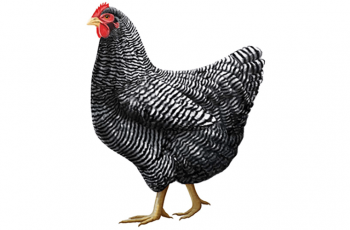Search results for: “”
-
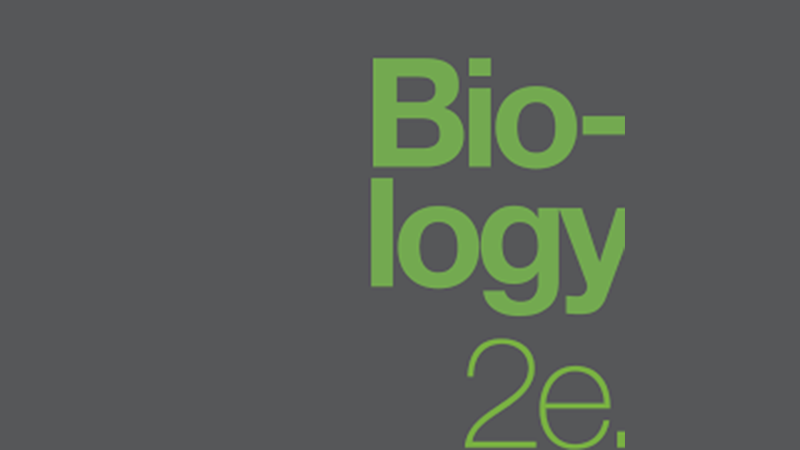
OpenStax Reading Guides
I use Openstax Biology 2e as a textbook for my AP Bio and dual credit class. Students can download this text for free, view it on their devices and print it out. You can even purchase a bound copy from Amazon for around $60, which is very reasonable for a textbook. This is the book…
-
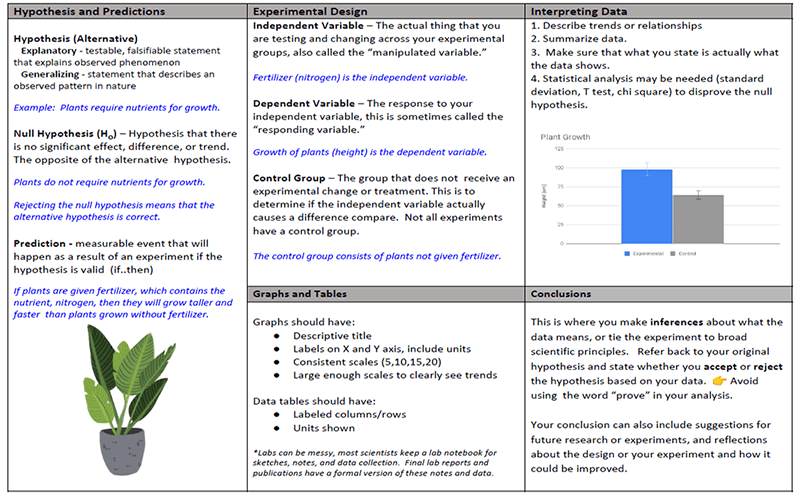
Experimental Design
Students in most science classes start with an overview of scientific processes. For advanced students, I use this cheat sheet to remind them of the major features of the scientific method, such as a control group, dependent and independent variables. AP Bio students are also introduced to the concept of the null and alternative hypotheses…
-
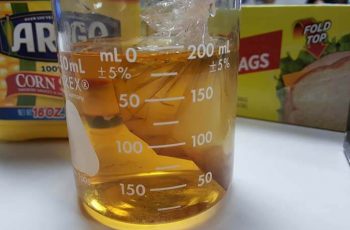
Storylab: Diffusion
This story is written from the perspective of a student who in experiencing the real lab. It describes how the lab is set up, by placing a bag filled with starch in a beaker full of iodine. The teacher in the story explains relevant terms, such as semipermeable, diffusion, and indicators.
-
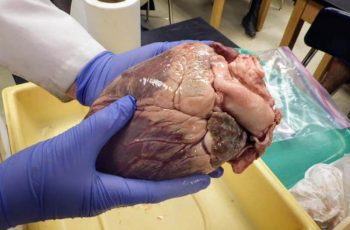
The Desperate Dozen
This is an introductory lesson for anatomy and physiology that I use as an icebreaker during the first few days of school. Students start learning classroom norms, particularly how to work in groups and what group expectations are. In this activity, students must decide the order in which hearts will be allocated to people needing…
-

Explore the Senses
Students rotate between 6 stations where they perform tasks to perform related to the senses, such as two point discrimination and reaction time.
-
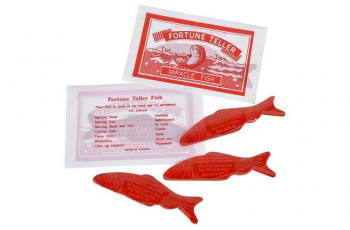
Fortune Telling Fish
This activity is perfect for a first day or as an introduction to the scientific method. Though there isn’t quite as much cooperation as the “Saving Sam” activity, the fortune telling fish allows students to explore the nature of science together. The handout linked can be given to students, or you can also project them…
-
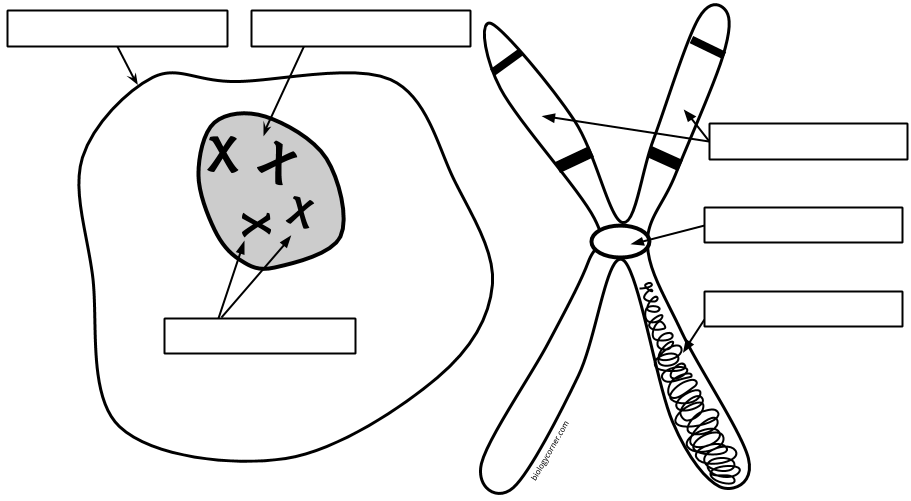
Simple Diagram Labeling on the Parts of a Chromosome
A diagram of a chromosome in the nucleus of the cell. Students label the chromatid, centromere, chromosomes, cell membrane, DNA, and nucleus.
-
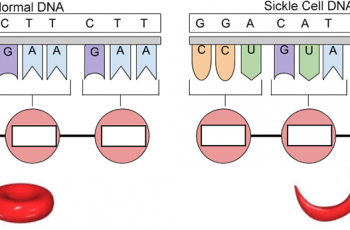
Genetics of Sickle Cell
This assignment was created for students who miss class and can be completed independently. There are sections to read with questions to answer, focusing on how DNA provides the instructions to make protein. A single base substitution in the gene that codes for hemoglobin results in sickle cell anemia. Students are walked through the process…
-
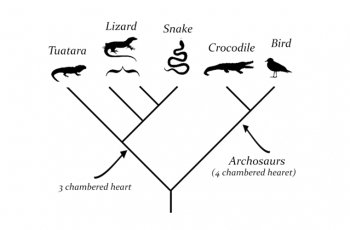
What is a Cladogram?
Students are given a description and an example of a cladogram showing the relationship between lizards, snakes, crocodiles, and birds. They are then walked through the process of creating a cladogram for five animal examples: frog, fish, bird, koala, and lizard. The process involves suggesting traits that these animals share and finding traits that are…
-
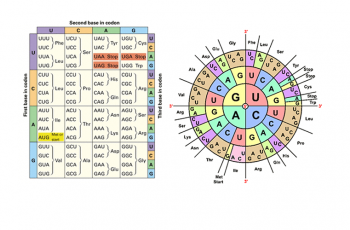
Protein Synthesis Practice Using Codon Charts
Practice using a codon chart to determine amino acid sequences from DNA.
-

Label and Color the Urinary System
This simple worksheet asks students to label the major structures of the urinary system. They can also choose to color the diagram. I use coloring sheets in anatomy and physiology classes but this could also be used in biology or as a supplemental graphic for a frog or fetal pig dissection. Though many of my…
-

Devils, Chromosomes and Cancer
This is a good follow-up activity to the Tasmanian Devil Karyotype, where students examine how the chromosomes of cancerous cells can be altered. It is a short read about a transmissible cancer found in Tasmanian devils which causes facial tumors. This cancer, known as is has already killed 85% of the overall population and threatens…
-
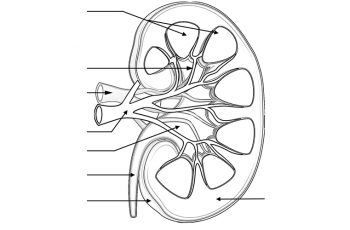
Label and Color the Kidney
This worksheet has a very simplified view of a kidney showing the cortex, renal pyramids, renal artery and vein, renal pelvis, and ureter. Students can practice labeling the structures and color coding the diagram. This worksheet was designed for a high school anatomy and physiology class and complements two other labeling and coloring worksheets: urinary…
-
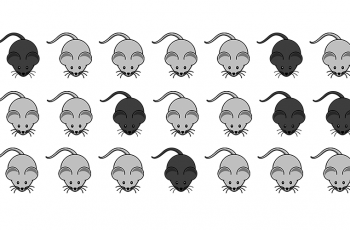
Hardy Weinberg Problemset
Hardy-Weinberg equilibrium (HWE) is a fundamental concept in population genetics that describes the theoretical relationship between allele frequencies and genotype frequencies in an ideal, non-evolving population. Students can practice using the Hardy Weinberg equilibrium equation to determine the allele frequencies in a population. This set of 10 questions gives students just enough information to solve…


